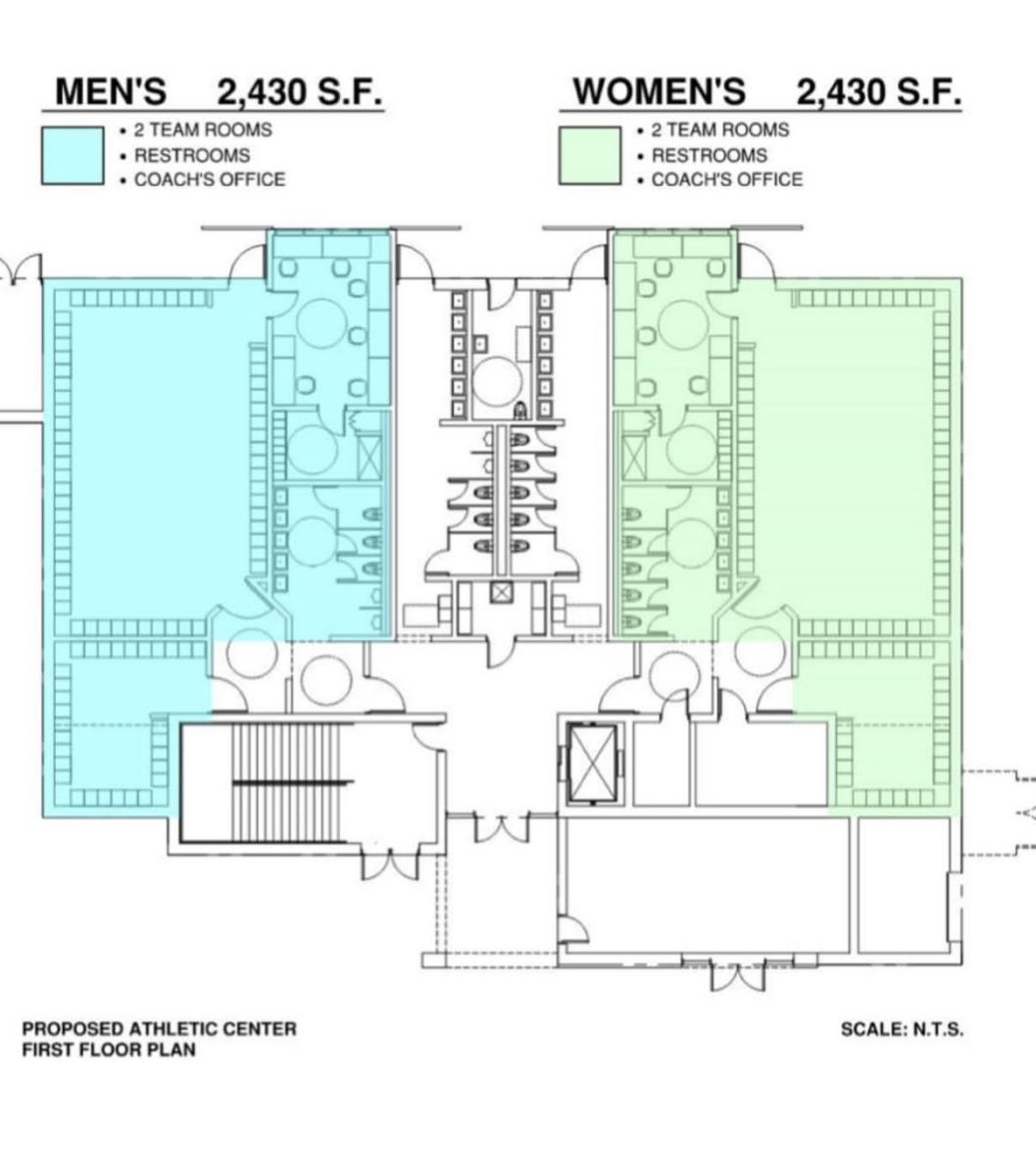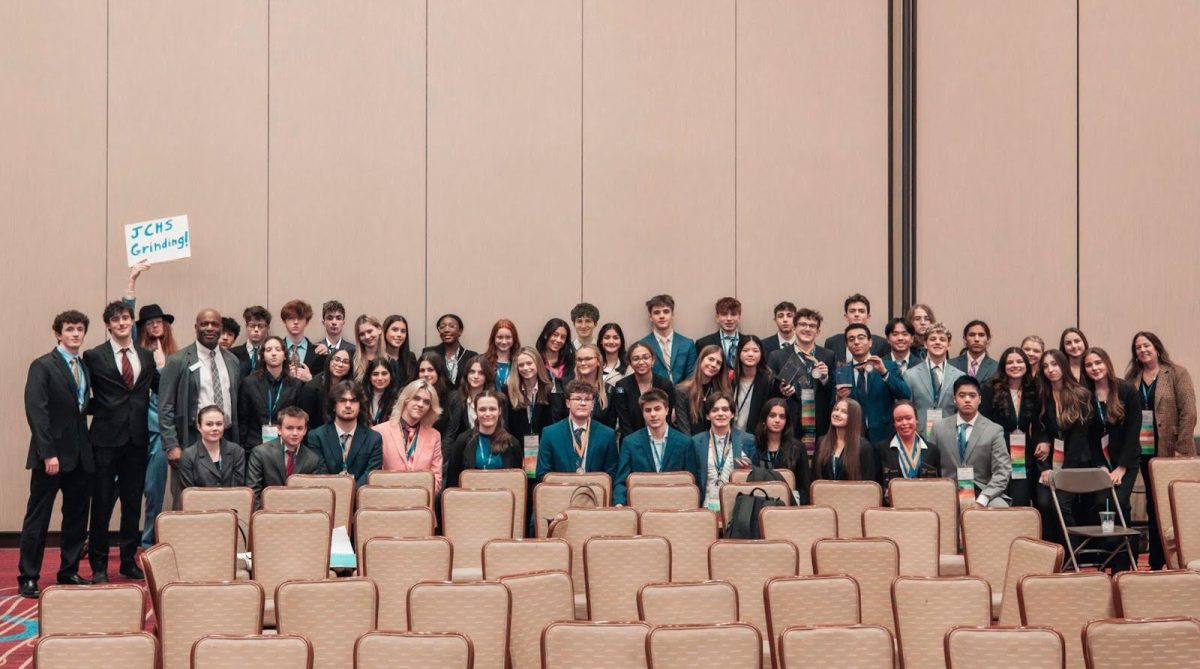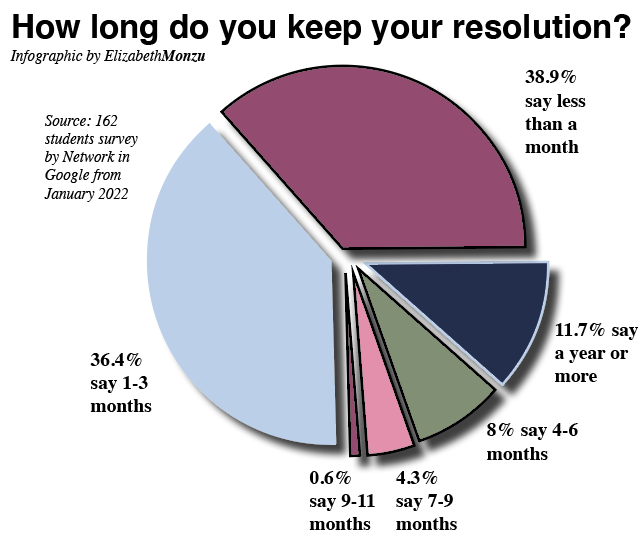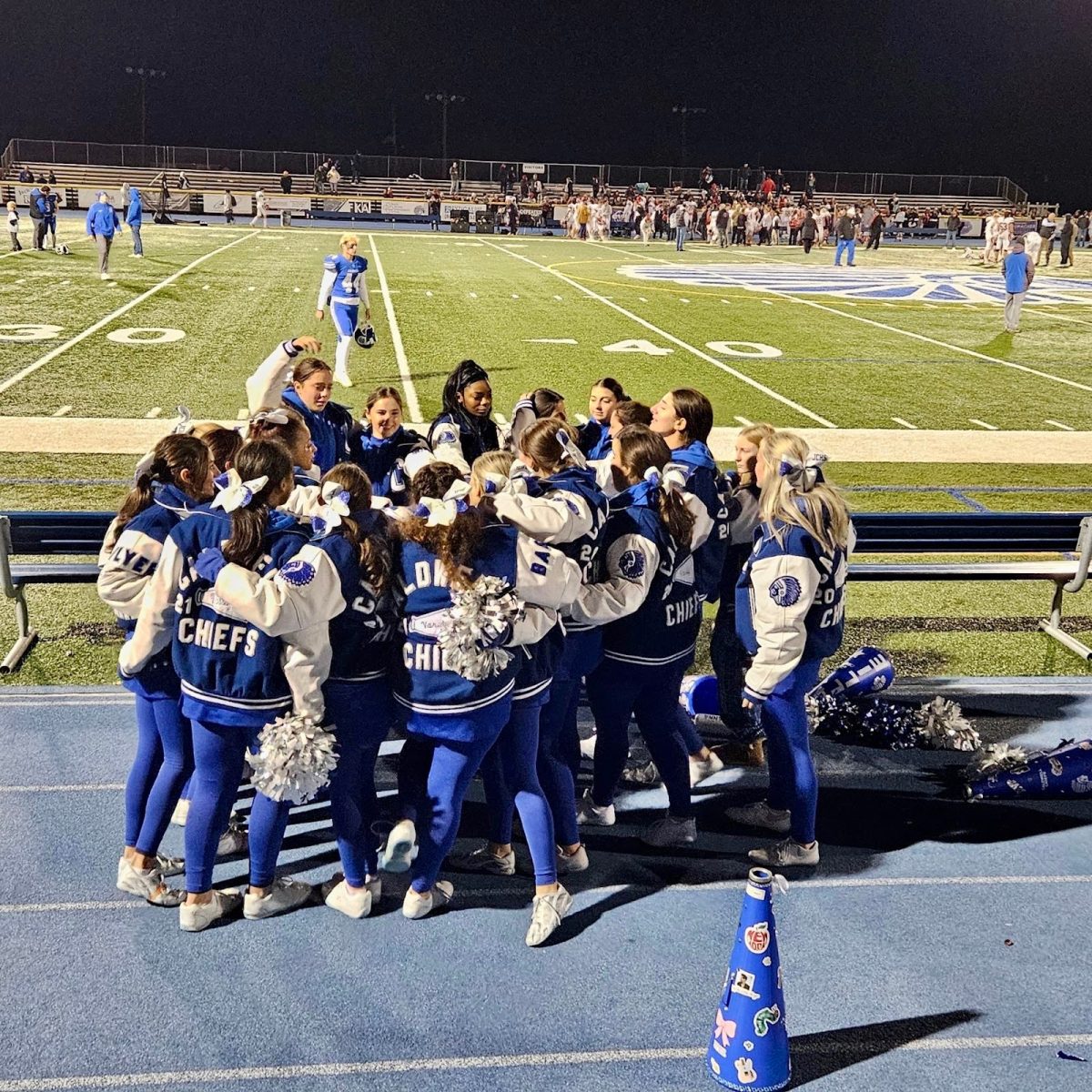
The social climate of today is vastly different compared to what it was a year ago. Many people are now vaccinated, more and more places have been opening up, and kids are back in school. It seems that, even if it is slow, we are approaching a “normal” life once again. However, there are many things that are catching up at a much slower pace, one of these being the restaurant industry.
There are a lot of restaurants and even fast food chains with full dining areas, yet when in many fast food establishments, dining rooms are still blocked off (You may have seen this at a Mcdonald’s or Chick-Fil-A). This is the same case with higher end dining; often entire sections of tables are not being used despite there being a wait to get a table. While in some cases this is due to COVID-19 precautions, especially earlier in the pandemic, that is not always the case. Nowadays, this sectioning off is usually for a different reason, according to One Fair Wage, a National coalition of service workers, restaurant owners, and dozens of other organizations worldwide that seeks to improve wages in the US.
The restaurant industry has recently been suffering from a great shortage in labor. Establishments are struggling a great deal to find chefs, line cooks, servers, and hostesses— really just employees in general. There is an array of reasons behind this shortage that has been hitting restaurants ever since opening amidst the pandemic. There is a misconception that people aren’t applying to these jobs because they would otherwise be unable to receive unemployment benefits, but there are several reasons as to why that is false for a great deal of people.
Ever since COVID-19, especially with the Delta Variant making its way throughout the U.S., workers have realised that the food industry is not as secure as it used to be. With the possibility of local outbreaks, restaurants could be forced to close at any time. Not a lot of people are willing to work somewhere that can’t guarantee stability. Restaurant staff have to go to work not knowing for sure if they will still have a job in the months to come, and because of this, not many people are willing to go into the food-service industry.
The treatment of restaurant staff is another issue. Workers in the service industry take a health risk by coming into work and serving the public during a pandemic. At the same time, restaurant staff often are berated by customers; whether that be someone’s rude remark or customers refusing to follow COVID-19 precautions, it is very unpleasant for the employees. One bartender surveyed by OFW remarked: “Everyone is just becoming more and more hostile and [they] have zero manners whatsoever — bartending has never been this difficult… every shift I’m on the verge of having a nervous breakdown and in the two bar jobs I have we keep losing bartenders.” It also needs to be mentioned that workers regularly face harassment from other coworkers and restaurant managers; almost eighty percent of restaurant staff claimed that they have had to deal with hostile customers, and even coworkers after having to enforce COVID-19 safety protocols. (OFW COVID Worker Report).
People working in restaurants are no longer as willing to face this abuse and lack of gratitude while they are risking their health to go to work. In the end, the pandemic has forced many restaurant employees to choose different career paths.
Another element of the restaurant-labor shortage is how much current job-holders are impacted in terms of hours. The people who are actually employed are being overworked. Cristian Cardona used to be a manager at a McDonalds in Florida. He told the Washington Post that workers are asking themselves, “Do I want to be broke? Or do I want to be broke working 40 hours a week and working my life away?’” This mentality is another element as to why people are discouraged from service jobs as of late.
In order to alleviate the shortage, restaurant owners have tried to raise workers’ pay and decrease their hours. Data from the the Bureau of Labor Statistics that the fast food sector has overall boosted pay, from $14.46 in February 2020 to $15.91 (Fast Food Statistics, BLS).They have also tried gearing their job-advertising towards the younger community, like high school and college students. Both of these efforts have not done much to fix the industry’s problem.
The shortage has limited the potential cash flow of many restaurants. The result of having less employees includes restaurants having to reduce their hours and seating. These changes mean less customers and less money for the food industry. However, it is hard to blame potential employees for not applying, because there are a lot of problems and risks that weren’t present a few years ago. It seems as though the labor shortage is something we are going to have to wait out along with the pandemic.
Sources:
https://onefairwage.site/wp-content/uploads/2020/11/OFW_COVID_WorkerExp_Emb-1.pdf
https://www.washingtonpost.com/business/2021/09/17/fast-food-labor-shortage/
https://www.eater.com/22675736/restaurant-labor-shortage-2021-materials-food-sourcing-delivery


























